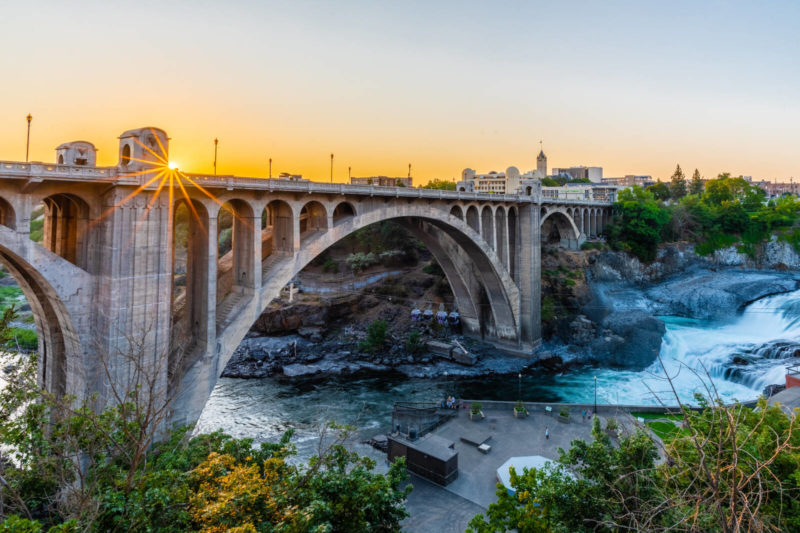By Patrick Clarke, TravelPulse
Airfare costs are rising as demand surges in the wake of the COVID-19 pandemic and fuel prices skyrocketing, but some cities are feeling these ticket hikes more than others.
According to a new year-over-year study by CheapAir.com, travellers departing from Dayton, Ohio, can expect to pay 42 per cent more (a difference of $109) for an average domestic airline ticket compared to last year.
CheapAir found that the cities with the biggest increases in airfares are home to smaller airports servicing smaller metropolitan areas. “The larger airports with more traffic saw airfare increases as well, just not to the extent of the smaller cities,” the website said.
Trailing Dayton is Flint, Michigan and Greensboro, North Carolina, where airfares are up a whopping 38 per cent compared to 2021. Des Moines, Iowa is seeing ticket prices 36 per cent higher than last year while airfares in Spokane, Washington are up 35 per cent.
Akron, Ohio (34 per cent), Cincinnati, Ohio (34 per cent), Little Rock, Arkansas (34 per cent), West Palm Beach, Florida (34 per cent) and Grand Rapids, Michigan (33 per cent) round out the list of the 10 U.S. cities being hit the hardest this spring.
On the other end of the spectrum, Manchester-Boston Regional Airport in New England has been far less impacted by the recent airfare increases, experiencing hikes of just 14 per cent this year compared to last year. Houston (15 per cent), San Juan, Puerto Rico (16 per cent), Newark, New Jersey (17 per cent) and San Francisco (17 per cent) also rank among the places least impacted by the current airfare trends.
Boston (19 per cent), Washington, D.C. (19 per cent), Chicago (20 per cent), Tampa (20 per cent) and Denver (22 per cent) round out the top 10 least impacted cities in terms of airfare increases this year.
Regardless of what city you’re travelling from, the team of experts at CheapAir.com has outlined some tips for maximizing savings, including targeting the right booking and travel dates. On average, the best time to buy is 76 days in advance and January and February are the cheapest months to travel. When it comes to flying during the summer though, August has better deals and fewer crowds. Travelling on a Wednesday is also wise as it’s the least expensive day to take a flight. If your closest airport is still holding you back, consider alternative airports in nearby major markets.











 Canada’s vaccine mandate for travel under scrutiny as much of the world reopens
Canada’s vaccine mandate for travel under scrutiny as much of the world reopens